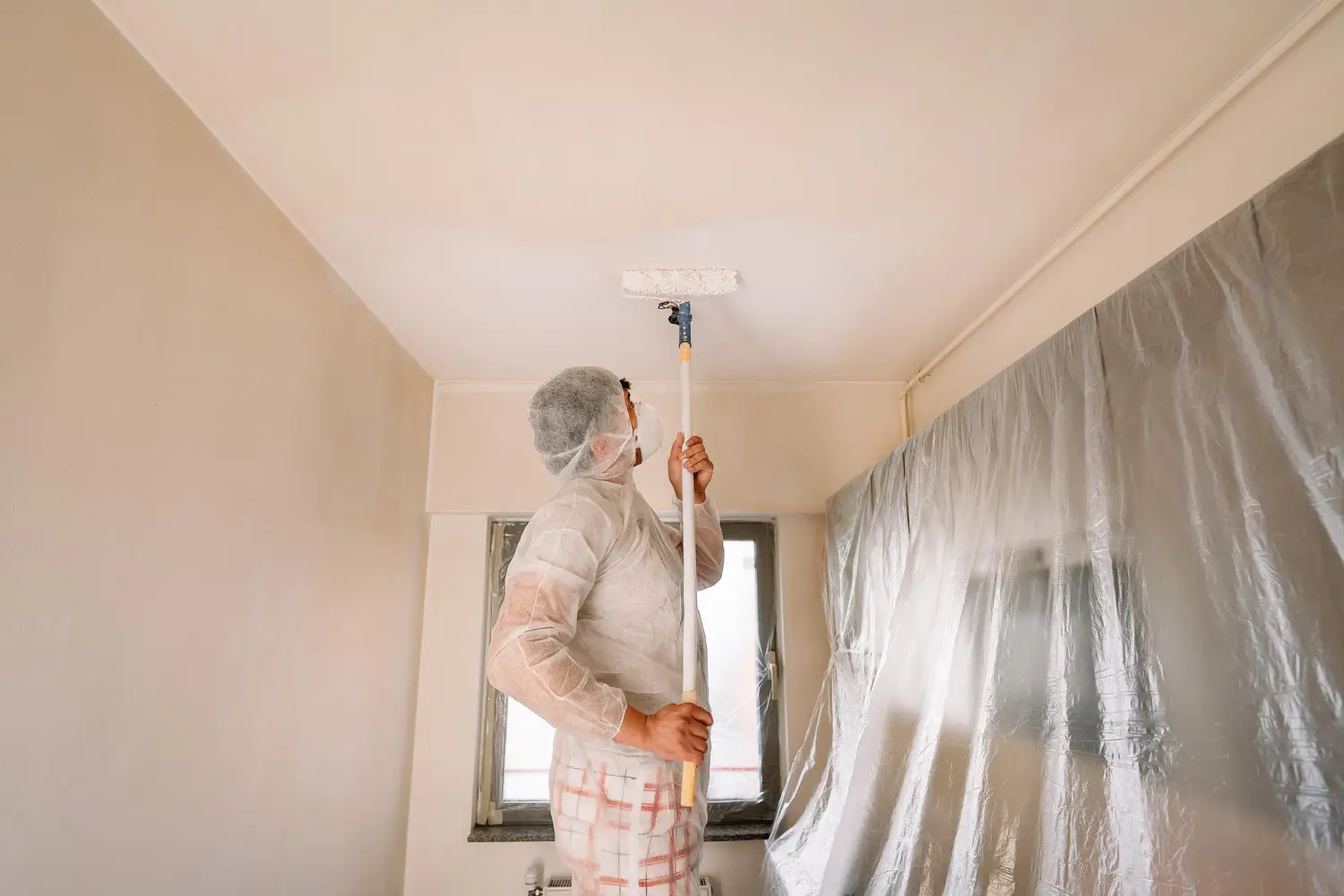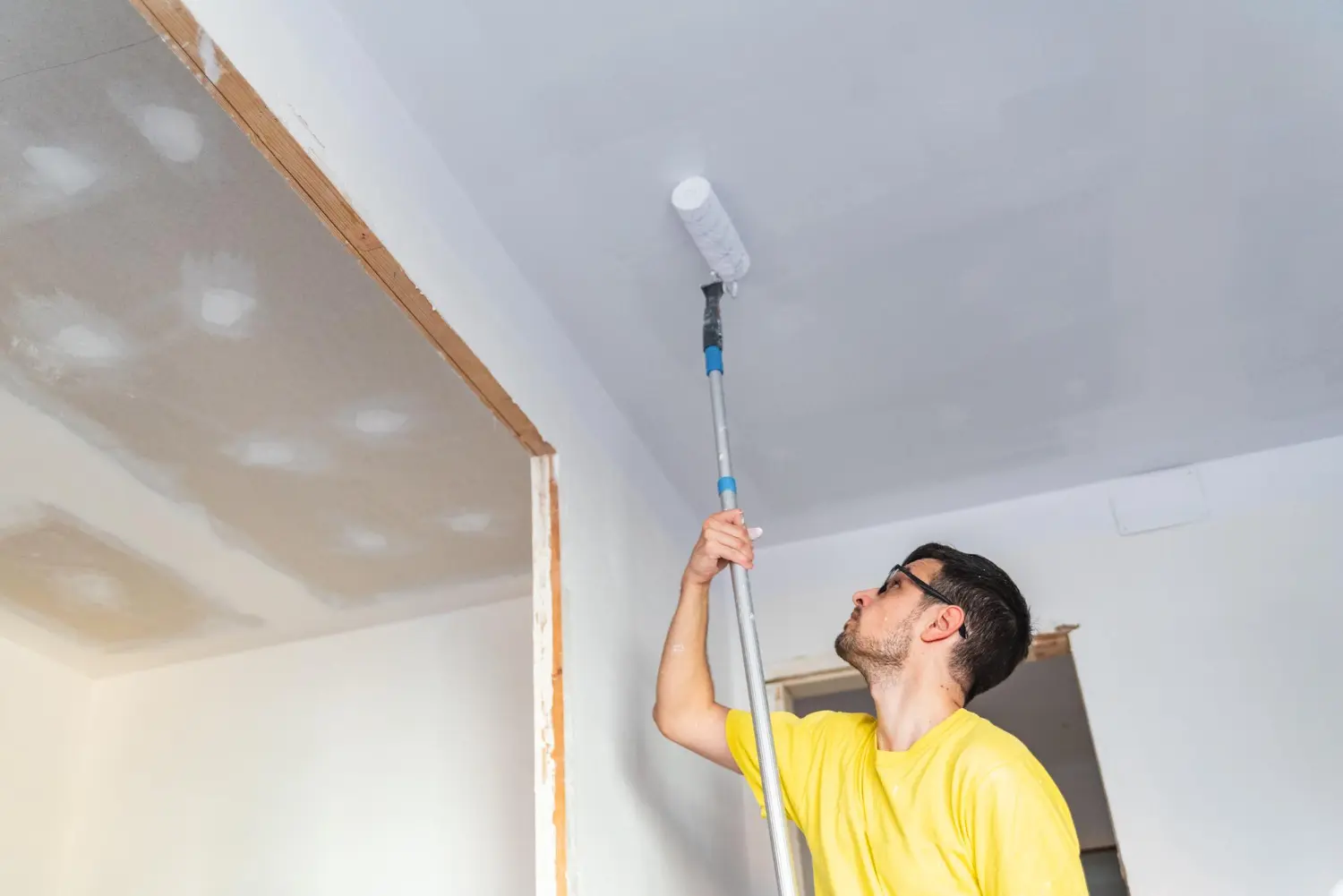What is Lead?

 What you need to know about Lead
What you need to know about Lead
If your home was built prior to 1978, then you should consider about learning the on how to deal with your next painting or renovation project. It’s important to learn about the basics of lead and also, a must to hire a Certified Lead Firm for the project.
Here we share some information published by the Environmental Protection Agency, useful to learn what lead is, where it’s found, who is at risk and how to prevent it.
What is Lead?
Lead is a naturally occurring element found in small amounts in the earth’s crust. While it has some beneficial uses, it can be toxic to humans and animals causing negative health effects.
Where is Lead Found?
Lead can be found in all parts of our environment – the air, the soil, the water, and even inside our homes. Much of our exposure comes from human activities including the use of fossil fuels including past use of leaded gasoline, some types of industrial facilities, and past use of lead-based paint in homes. Lead and lead compounds have been used in a wide variety of products found in and around our homes, including paint, ceramics, pipes and plumbing materials, solders, gasoline, batteries, ammunition, and cosmetics.
Lead may enter the environment from these past and current uses. Lead can also be emitted into the environment from industrial sources and contaminated sites, such as former lead smelters. While natural levels of lead in soil range between 50 and 400 parts per million, mining, smelting, and refining activities have resulted in substantial increases in lead levels in the environment, especially near mining and smelting sites.
When lead is released to the air from industrial sources or vehicles, it may travel long distances before settling to the ground, where it usually sticks to soil particles. Lead may move from soil into ground water depending on the type of lead compound and the characteristics of the soil.
Federal and state regulatory standards have helped to minimize or eliminate the amount of lead in air, drinking water, soil, consumer products, food, and occupational settings.
Who is at Risk?
Children
Lead is particularly dangerous to children because their growing bodies absorb more lead than adults do and their brains and nervous systems are more sensitive to the damaging effects of lead. Babies and young children can also be more highly exposed to lead because they often put their hands and other objects that can have lead from dust or soil on them into their mouths. Children may also be exposed to lead by eating and drinking food or water containing lead or from dishes or glasses that contain lead, inhaling lead dust from lead-based paint or lead-contaminated soil or from playing with toys with lead paint.
Adults, Including Pregnant Women
Adults may be exposed to lead by eating and drinking food or water containing lead or from dishes or glasses that contain lead. They may also breath lead dust by spending time in areas where lead-based paint is deteriorating, and during renovation or repair work that disturbs painted surfaces in older homes and buildings. Working in a job or engaging in hobbies where lead is used, such as making stained glass, can increase exposure as can certain folk remedies containing lead. A pregnant woman’s exposure to lead from these sources is of particular concern because it can result in exposure to her developing baby.
What are the Health Effects of Lead?
Lead can affect almost every organ and system in your body. Children six years old and younger are most susceptible to the effects of lead.
Children
Even low levels of lead in the blood of children can result in:
- Behavior and learning problems
- Lower IQ and Hyperactivity
- Slowed growth
- Hearing Problems
- Anemia
In rare cases, ingestion of lead can cause seizures, coma and even death.
Pregnant Women
Lead can accumulate in our bodies over time, where it is stored in bones along with calcium. During pregnancy, lead is released from bones as maternal calcium and is used to help form the bones of the fetus. This is particularly true if a woman does not have enough dietary calcium. Lead can also cross the placental barrier exposing the fetus to the lead. This can result in serious effects to the mother and her developing fetus, including:
- Reduced growth of the fetus
- Premature birth
Other Adults
Lead is also harmful to other adults. Adults exposed to lead can suffer from:
- Cardiovascular effects, increased blood pressure and incidence of hypertension
- Decreased kidney function
- Reproductive problems (in both men and women)
Lower Your Chances of Exposure to Lead
Simple steps like keeping your home clean and well-maintained will go a long way in preventing lead exposure. You can lower the chances of exposure to lead in your home, both now and in the future, by taking these steps:
- Inspect and maintain all painted surfaces to prevent paint deterioration
- Address water damage quickly and completely
- Keep your home clean and dust-free
- Clean around painted areas where friction can generate dust, such as doors, windows, and drawers. Wipe these areas with a wet sponge or rag to remove paint chips or dust
- Use only cold water to prepare food and drinks
- Flush water outlets used for drinking or food preparation
- Clean debris out of outlet screens or faucet aerators on a regular basis
- Wash children’s hands, bottles, pacifiers and toys often
- Teach children to wipe and remove their shoes and wash hands after playing outdoors
Source: http://www2.epa.gov/lead/learn-about-lead
Because of the all the risk factors associated with lead, it is especially important if your home is at-risk to hire professional painters who are knowledgeable about the dangers. They can assess your home in order to determine if further action is needed to ensure the safety of those in your home.
We are a locally owned company providing professional painting services for the residential and commercial clients. We have been in business since 2005 and we are still growing. We proudly serve the Northern Virginia and Maryland region.
Image courtesy of nuttakit at FreeDigitalPhotos.net










